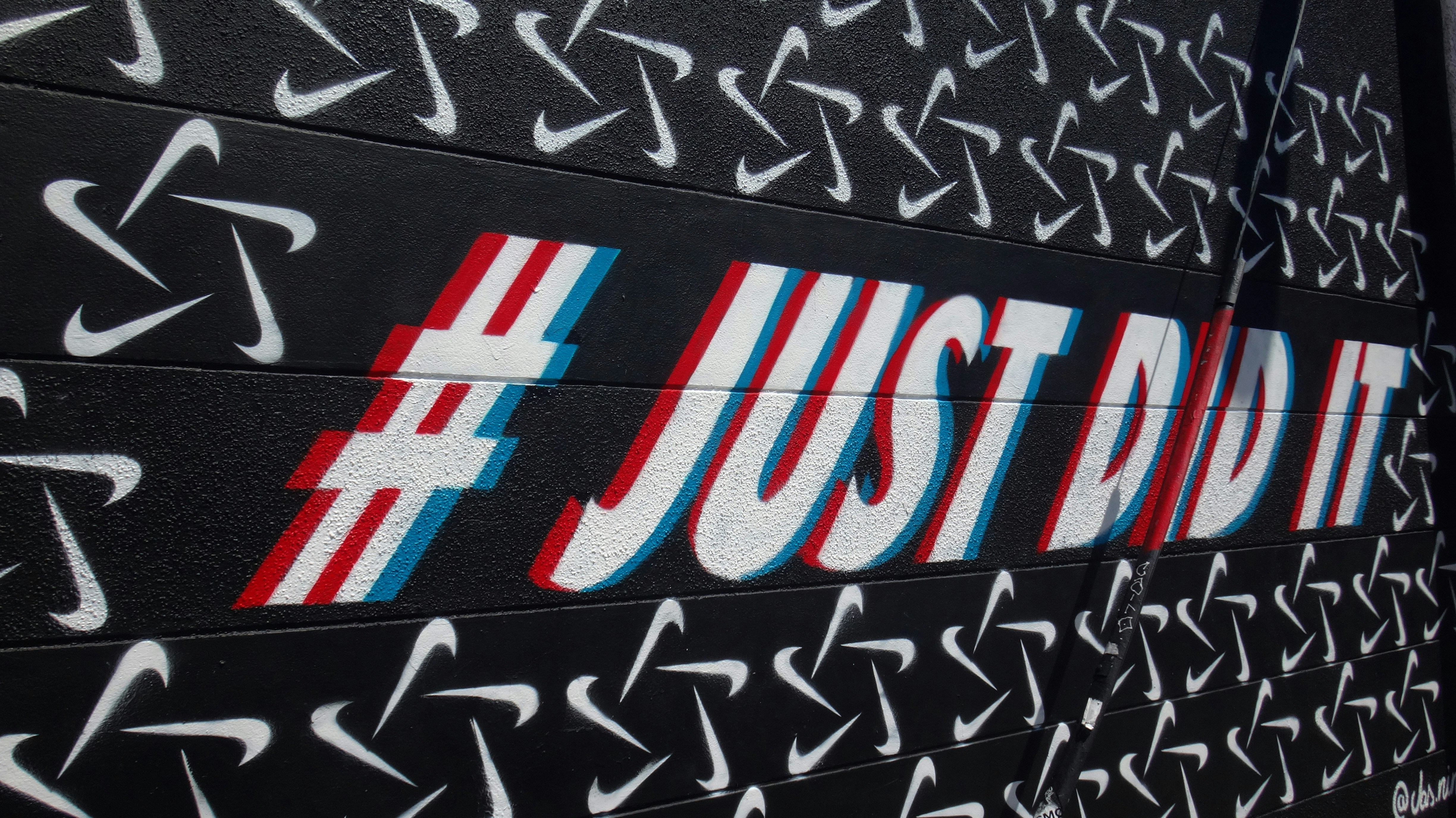Slogan


Alex flipped through the deck, looked at the logo, repeated the company’s mission out loud—but something was missing. There was no hook, no phrase that would make people instantly get it. No line that would stick, like a good movie quote or a line from a billboard that lingers in your head.
A colleague asked, “Do we even have a slogan?” Alex froze. It had been five years since the company launched, but they still didn’t have a single sentence that captured who they were.
It wasn’t that Alex didn’t know how to write. He just didn’t really know what a slogan was—or why it mattered. Let’s figure it out together.
What Is a Slogan, in Simple Terms
A slogan is a short phrase that helps people remember your brand. You’ll usually see it next to a logo, on product packaging, or in ads. But it’s not just there to look good. A slogan is a bridge—it connects a brand to a person. It makes the brand more familiar, easier to grasp, and sometimes even makes you smile.
It doesn’t have to be clever. It doesn’t have to be original. It just has to work. That means being memorable and triggering the right associations.
Why a Brand Needs a Slogan
When you’re new to the market, you don’t get five minutes of someone’s time. You get five seconds. A good slogan says what matters most—fast.
If someone sees a logo with a line like “Helping businesses grow since 2008,” they immediately get the idea: the company is experienced and works in B2B.
If they see “Real food, no shortcuts,” it’s probably a restaurant or food brand.
A slogan tells people who you are, how you’re different, and what you stand for—in one line.
Human brains are lazy. We don’t remember long explanations. But a phrase like “You’re in good hands” or “Think different” stays with us. We hear it once, and it sticks.
Over time, a good slogan becomes as recognizable as your logo or color palette. It helps build trust. That’s critical in a crowded market, where brands fight for attention.
What a Slogan Really Does
Your customers are overwhelmed. Their screens are filled with ads, popups, headlines, and noise. You’ve got one shot to make a connection.
A slogan tries to say the most important thing—clearly and fast. It can do a lot of jobs:
- Show the benefit of a product
- Reflect your company’s personality
- Reinforce your positioning
- Set you apart from competitors
If people hear your slogan and instantly understand what you offer and why it matters—mission accomplished.
Let’s look at a few examples:
Airbnb once used “Belong anywhere.” Simple, emotional, and very on-brand.
Source: LinkedIn
FedEx had “When it absolutely, positively has to be there overnight.” Clear and practical.
Source: Ebaqdesign
Spotify once ran with “Music for everyone.” Universal and inclusive.
Source: Branding Nerd
The New York Times uses “Truth. It’s more important now than ever.” Powerful in its simplicity.
Source: The New York Times
These phrases work because they’re not abstract—they speak directly to how people feel, think, and choose.
Types of Slogans
There are a few basic types of slogans, though in real life, they often overlap:
- Corporate slogans reflect the company’s broader philosophy. Think “Google: Do the right thing” (from its code of conduct).
- Campaign slogans are tied to a specific marketing push. Like “Shot on iPhone.” It’s not Apple’s core slogan, but it framed a campaign.
- Product slogans focus on what something does. Like “Red Bull gives you wings.”
- Emotional slogans focus on how something makes you feel. For example, “Because you’re worth it” from L'Oréal.
What matters most isn’t the category—it’s clarity. If you’re trying to make a big brand statement, don’t turn your slogan into a product promo.
Slogan vs. Mission vs. Tagline vs. USP
Marketers often get confused: should we write a mission statement? A USP? A slogan?
Here’s a quick way to think about it:
- Mission is internal. It’s why you exist. Often long, sometimes abstract.
- Positioning is how you want to be seen.
- USP (Unique Selling Proposition) is what makes you different.
- Slogan is how you say it—fast and out loud.
Let’s say you’re a challenger bank:
- Your mission might be “Making financial tools accessible to everyone.”
- Your positioning might be “Banking for the modern freelancer.”
- Your slogan? Something like “Banking that works for you.” Simple. Sharable.
Why Some Slogans Don’t Work
Not every short sentence is a good slogan. Sometimes it sounds cool but says nothing. Sometimes it’s too long. Sometimes it’s just generic.
Common mistakes:
- Unrelated to the product. A software company talking about dreams and wings? Too vague.
- Too complicated. If it doesn’t fit in one breath, it’s probably not a slogan.
- Copycat language. If everyone says “smart solutions,” it becomes wallpaper.
How Good Slogans Are Made
A good slogan doesn’t start with a brainstorm. It starts with understanding:
- Who are we?
- What do we offer?
- What do people want to hear from us?
Once that’s clear, you can start writing.
Sometimes it takes weeks. Sometimes it lands in an hour. But it never comes from nowhere. It comes from clarity.
A good trick? Ask yourself:
“What do we want people to say about us when we’re not in the room?” or: “What should a customer feel when they read this line?”
You can start with a verb: make, help, protect.
Or with a noun: freedom, flavor, simplicity.
But always make it human. Avoid jargon. Avoid clever wordplay that only copywriters get.
And yes—always check if your competitor is already using it.
How to Tell If Your Slogan Works
Here’s the test:
Say it out loud to someone who’s never heard it. Ask:
- “What do you think this company does?”
- “Who does this make you think of?”
If the answer sounds like your business—you’re on the right track.
Even better? When customers start repeating it. When they quote it in reviews. When someone shares it in a tweet—even with a little sarcasm. That’s not a fail. That’s a sign it’s alive.
Good slogans grow over time. You don’t have to love them on day one. But if they stick—and stay useful—they’ll earn their place.
Conclusion
A few days later, Alex revisited the slogan question. He thought about how customers described the service: “simple,” “fast,” “no need to explain.”
He scribbled a phrase in his notebook: “Clarity from the first click.”
He trimmed it down. It became: “Clear from the first click.”
He shared it with a colleague. She nodded.
A week later, the line was on the homepage, the banners, and even in the email footer. And a month later, a client said it out loud in a meeting.
That’s when Alex realized—he didn’t need to be a poet. He just needed to listen. And say what his users were already thinking.
That’s how the best slogans are born.


